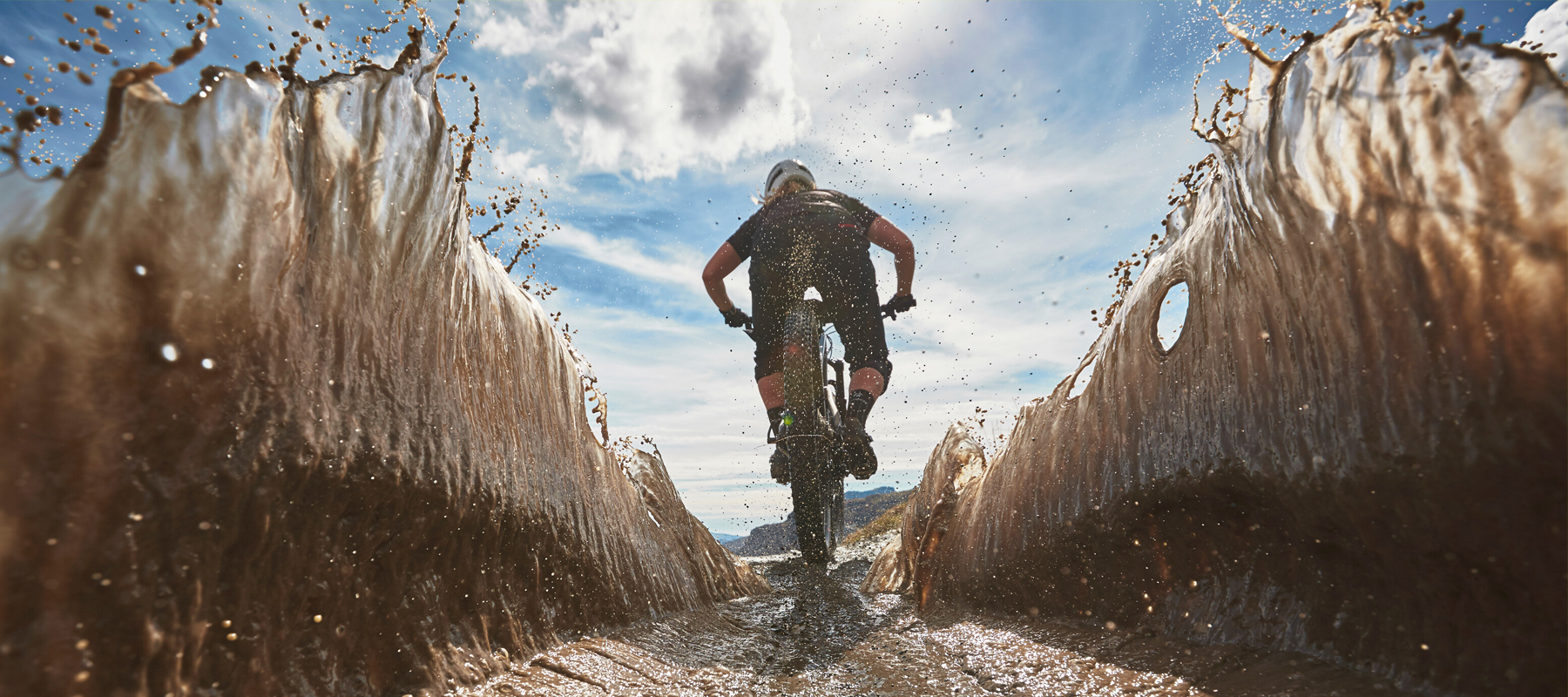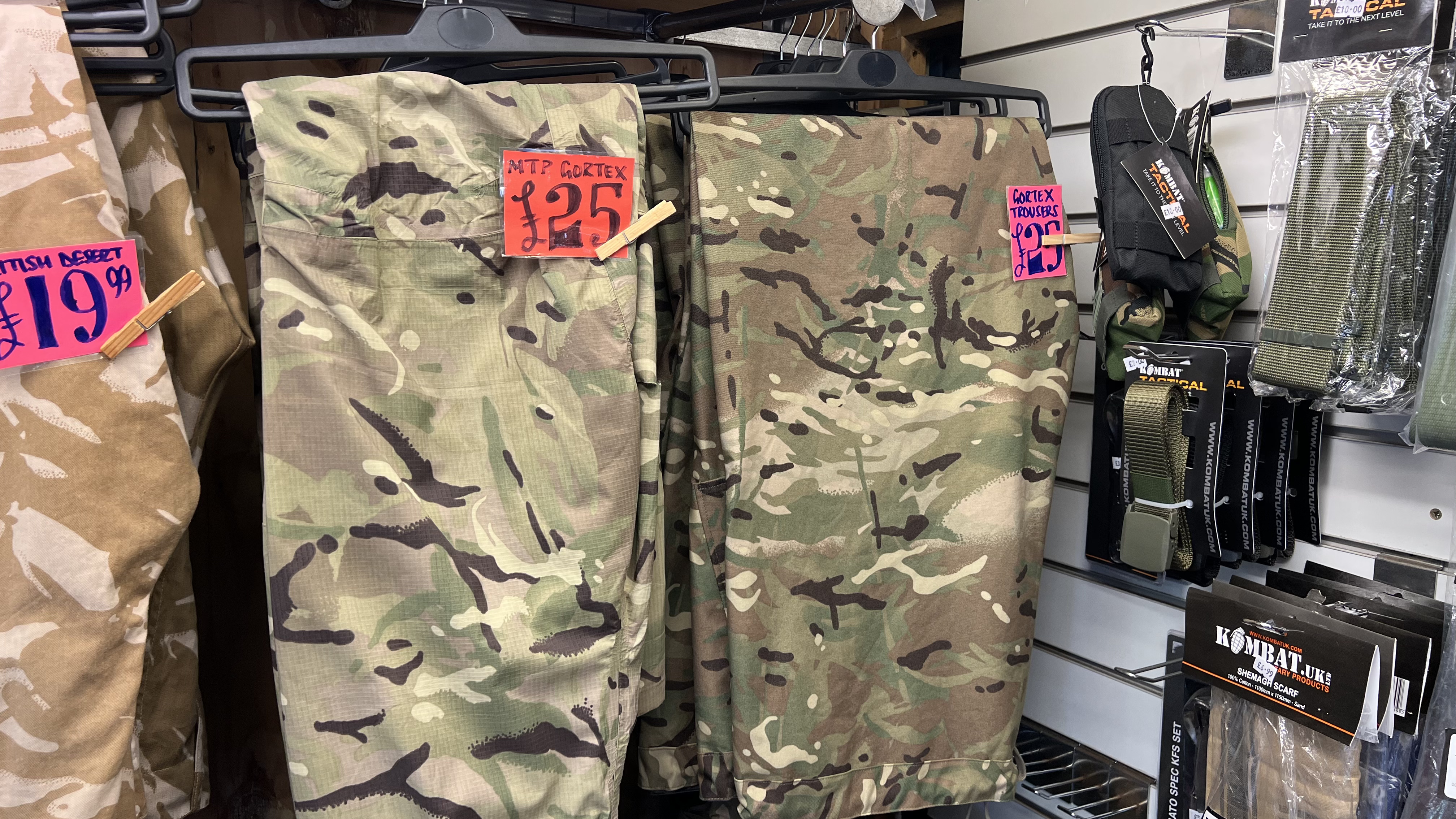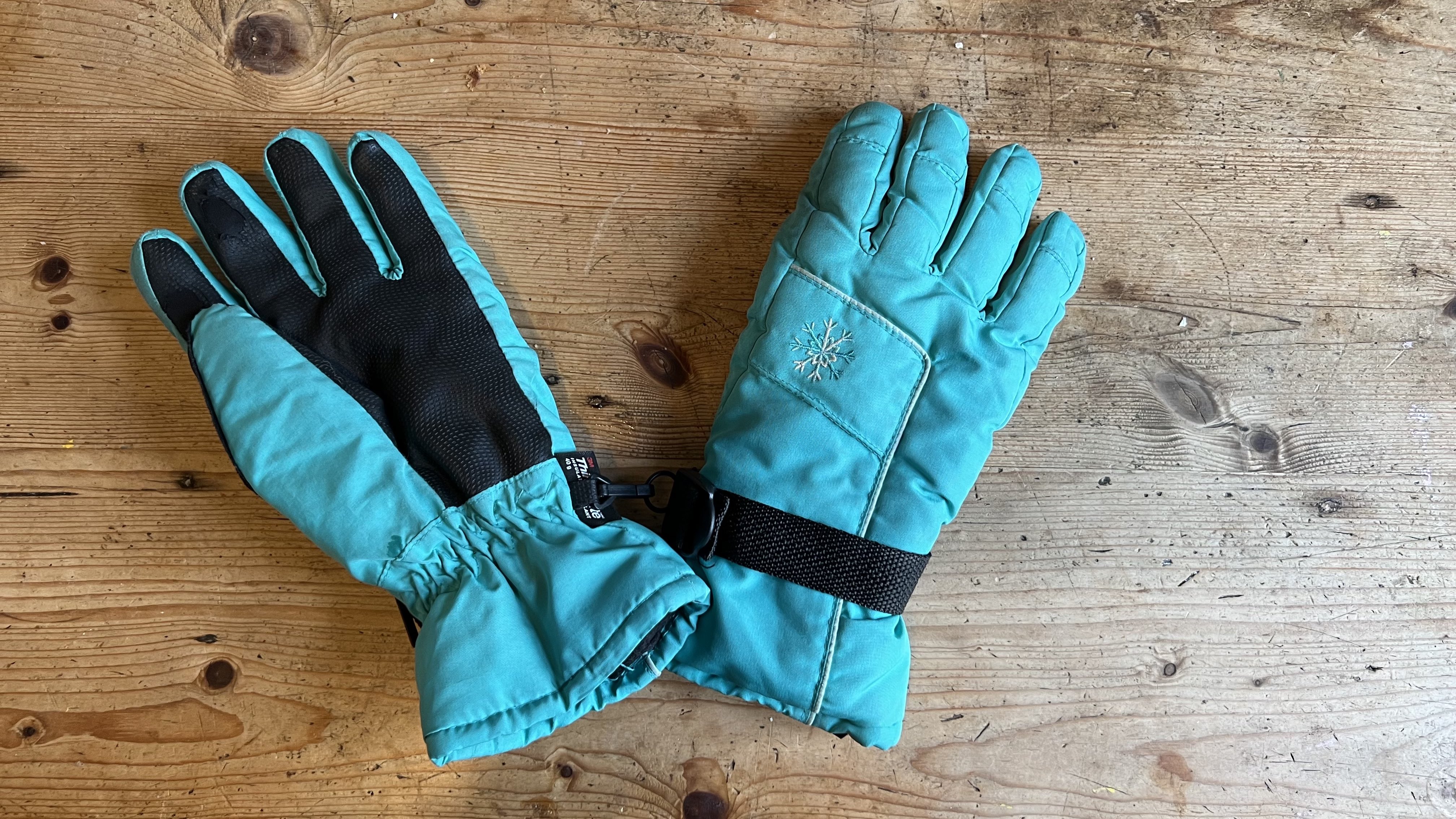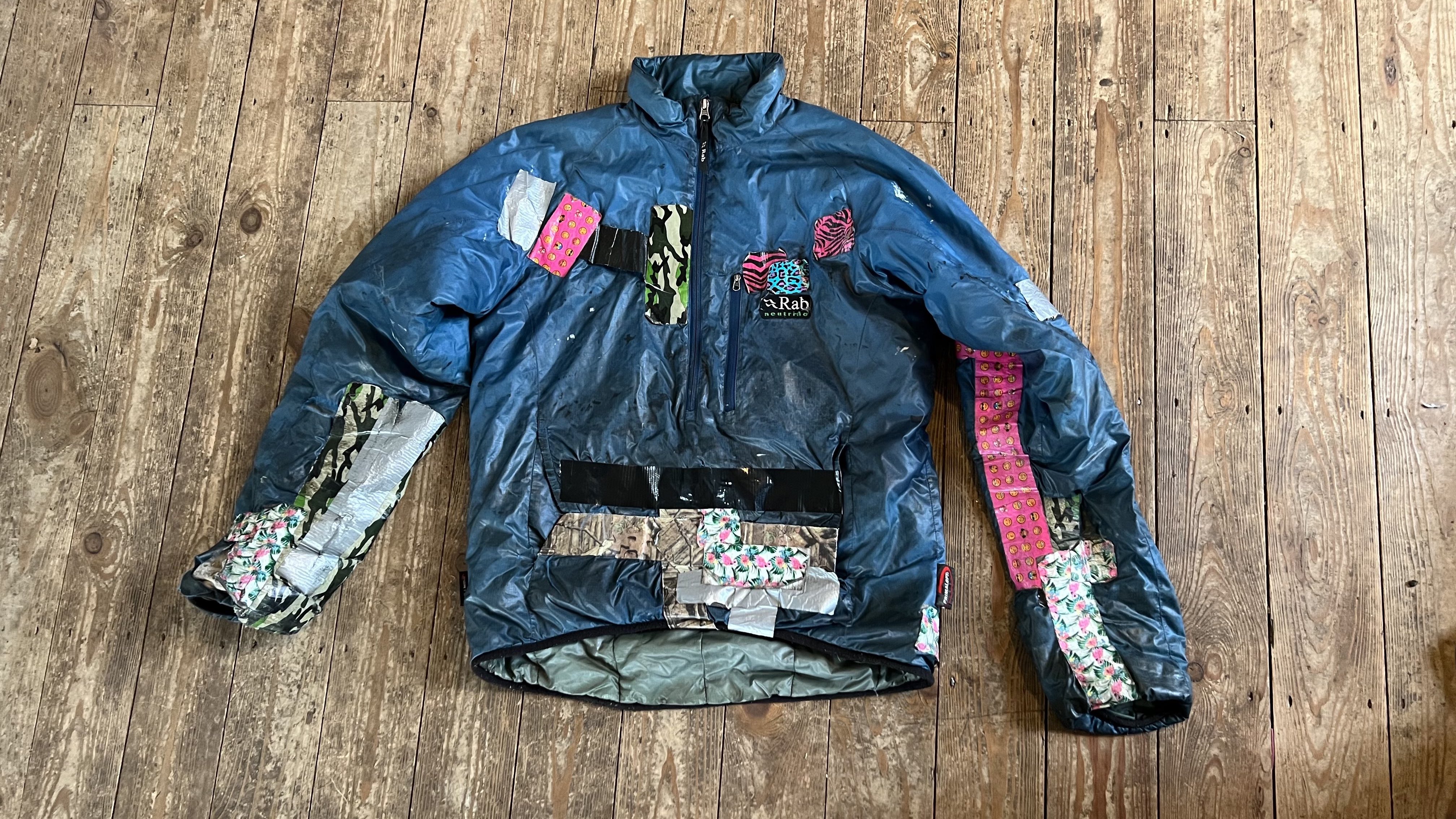Bespoken Word – stay warm, pay less
Guy Kesteven knows all the tricks to stay warm and comfortable this winter without it costing you a fortune

Whatever the weather does, rising costs of everything and particularly fuel are going to make this winter a hard one for a lot of people. Seeing all the latest and greatest ‘must have’ winter gear from the best MTB jackets to frostbite-beating boots for £150+ flooding onto websites for ‘fall’ doesn’t help either. But before I was a gear tester with piles of fancy kit, I rode, worked/lived outdoors for years as a totally broke archaeologist and that taught me a lot about what really works and what doesn't when you're battling weather day in and day out.
And the great news is, you only need to spend a fraction of what you might think to get gear that’ll keep you as real-world comfortable as possible whether it’s snowing, sleeting, or just a soggy quagmire for the next few months.

Declare war on winter
Whatever you might think about military spending budgets compared to investing in medical services, education, or other areas, the deep pockets of the military mean soldiers get some next-level kit. For example, the Gore-Tex that most military jackets and trousers are made from has to pass far more exacting durability, abrasion, and performance tests than standard recreational Gore-Tex. While you can expect to pay more than £300 for the Pro mountain spec Gore-Tex that premium brands like 7Mesh use, you can pick up army surplus jackets and trousers for under £30. Even the best budget waterproof MTB jackets struggle to match that sort of pricing.
Granted you’ll need to like green or camo, and they’ll generally be a baggier cut than most riding clothes. The tougher fabric means ex-army apparel will generally be heavier and harder to pack away than lightweight riding jackets too. A bit of amateur stitching (or a belt/braces) should sort out the worst fit issues though and you’ll have clothing that will actually keep you dry not wet out within minutes.
It’s not just Gore-Tex that you can find going cheap. Fleeces, base layers, and even “We used to live in them for epic winter rides back in the day” Buffalo Pertex/Pile jackets are regularly de-mobbed and ready to start a civilian cycling career.

Supermarket ski wear
Thinner supermarket ski gloves can be sentient enough for riding and the neoprene ones they sometimes include in ‘fishing/outdoor’ promotions are awesome for properly sodden riding. In fact if there’s one thing I’ve noticed in decades of riding in foul weather it’s that the cheapest gloves I’ve tested have often been the best, or at least no worse than the eye wateringly expensive ones. So before you shell out £50 for a pair of gloves that you’ll still be wet and cold in within an hour, why not try some from a bargain online seller or end of line stock blow out for £15? At worst you’ll have a spare, warm, dry pair to pull on once your first set wet/chill out.

Sheep and cheerful
Wool is an awesome material for cost effective warmth for two reasons. Firstly it stays warm when it’s damp. So when you get sweaty pedalling up the hill - and you will because nothing is really breathable enough to cope with mountain biking - you won’t be shivering as soon as you start heading down. Secondly wool is naturally anti bacterial, while most synthetic base layers are the opposite. That means while poly base layers can stink as soon as you put them on, merino base layers can handle several days of hard work before becoming seriously anti social. Great for cutting down on excessive laundry costs. Oh and don’t just think of wool as a base layer material because sheep based socks are fantastic for winter. If you don’t mind looking like a grandad gone rad, a proper woolly jumper will also work as well as a fleece in terms of warmth, although it will weigh more than an E-bike if it gets properly wet.

Read labels, reproof and repair
Make sure you get the best out of the kit you can afford by looking after it properly too. Read the washing instructions so you don’t shrink it, wash off the waterproofing coating, or clog the pores that let it breathe with conditioner. And if you don’t know what those symbols mean, get on Google to check or just default to a cold hand wash with simple laundry soap rather than some biological sludge onslaught that promises you’ll smell of summer meadows. Because let’s face it, however good your jersey smells your kneepads will still be a nasal war crime after just a few minutes back on the bike.
You might have noticed that as most companies switch to more eco-friendly, lower carbon content waterproofing treatments they start to wash off within minutes and wet out in under an hour. To be honest, that’s why I think waterproofs are even less worth bothering with than they used to be, but if you insist on buying them - not soft shells - then at least make sure you re-proof them regularly. Oh and don’t forget you can proof pretty much anything if you want, so you can add temporary waterproofing to whatever jacket, shirt, or trousers you want, although it can slow down wicking performance on some fabrics.
Finally, if a jacket gets torn or something falls off. Gaffer tape seals holes super well and zips are not only cheap, but loads of places will offer a fitting service if you don’t feel confident with a needle and thread yourself. More and more companies like Alpkit, Endura, 7Mesh, PNW, RAB, and Rapha are offering repair services or even lifetime warranties on their clothing too so check the small print on websites rather than just picking the best match for your bike and helmet.

Guy Kesteven has been working on Bike Perfect since its launch in 2019. He started writing and testing for bike mags in 1996. Since then he’s written several million words about several thousand test bikes and a ridiculous amount of riding gear. He’s also penned a handful of bike-related books and he reviews MTBs over on YouTube.
Current rides: Cervelo ZFS-5, Specialized Chisel, custom Nicolai enduro tandem, Landescape/Swallow custom gravel tandem
Height: 180cm
Weight: 69kg
